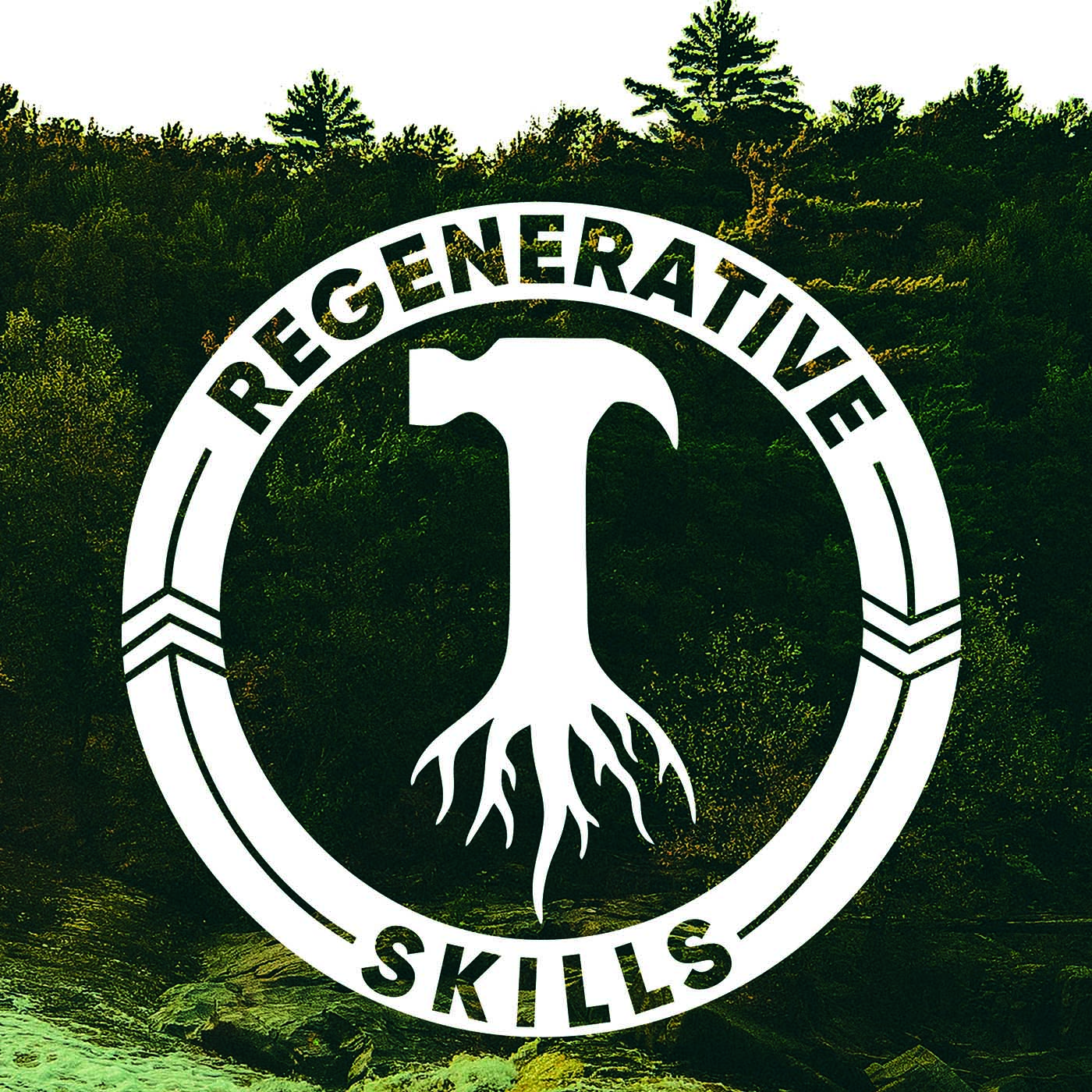What would agriculture look like with zero inputs? with Shane Simonsen, author of zero-input agriculture

b"Though I\\u2019ve been inspired by all the amazing examples of regenerative farming through the people that I\\u2019ve interviewed through this series, there\\u2019s one glaring commonality between all of them and that\\u2019s the fact that the success of their enterprises all rely heavily on the destructive infrastructure that we currently have in place to get the organic and feed inputs for their enterprises, the seeds or young animals that they then raise, and the fossil fuel system that then transports their food products to market. I\\u2019m not at all criticizing these people of their work. It would be near impossible to make a living and produce a meaningful amount of food, certainly not enough to base a business around, if they weren't working with the resources and the systems of our modern times, but there\\u2019s no denying that the same systems that make these business models feasible are unlikely to continue for much longer and certainly not in the way we are using and operating them now. That\\u2019s why I got really excited about the work and writings of Shane Simonsen who is conducting personal experiments and documenting the process and observations on his homestead in eastern Australia all around the concept of zero input agriculture. His blog by that same name is one of the most original approaches to large scale food production that I\\u2019ve come across in a long time and asks the simple question of \\u201chow might we still be able to produce enough food for ourselves and our communities if we no longer had access to all of the inputs and fossil fuels of our modern times.\\u201d\\nDespite sounding like a post apocalyptic exercise in primitive living, Shane\\u2019s writing is surprisingly optimistic and pragmatic. In a small excerpt from his very first post from September 2019 he writes: In the resource constrained future ahead of us these input dependent approaches to growing food will become impractical or impossible. Instead new systems that rely on locally adapted crops and livestock, integrated into systems that are truly compatible with the local geology and climate will be required. I have taken on the challenge of developing these systems in our particular region in the remaining two decades of vigor I have left in me. This blog is an account of this journey. Hopefully I can inspire some of you to follow in my direction and develop your own locally adapted systems."